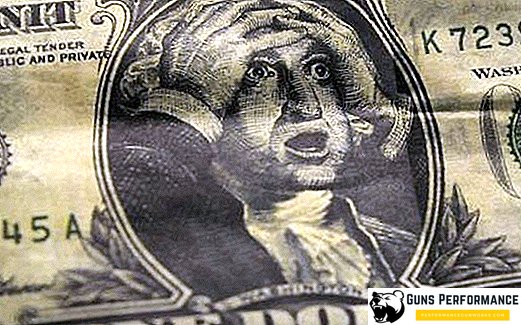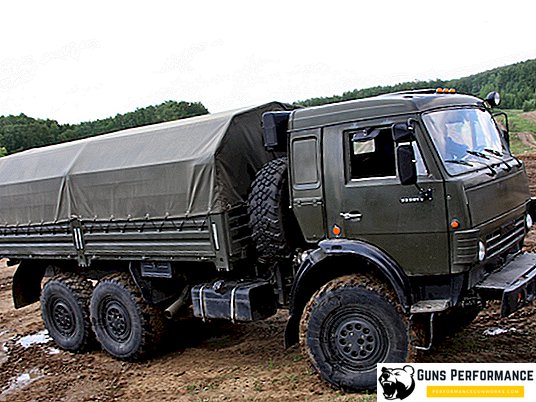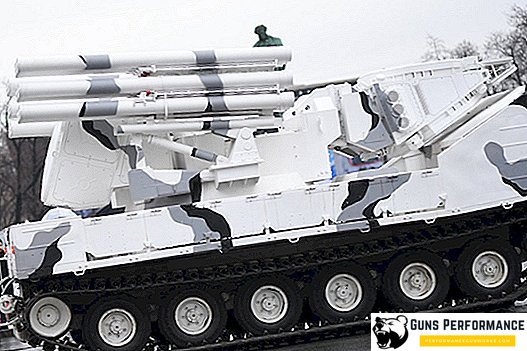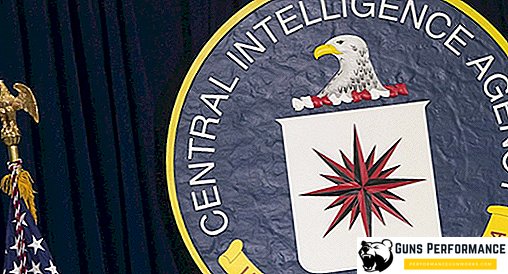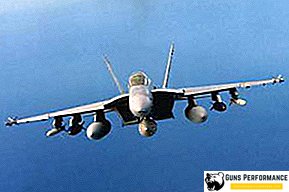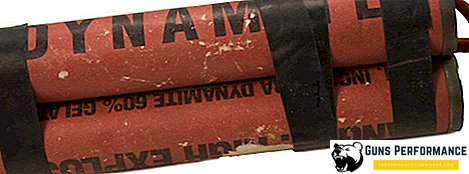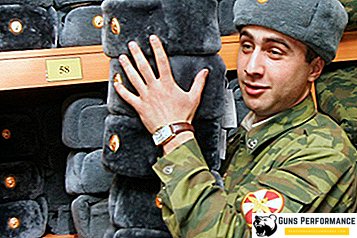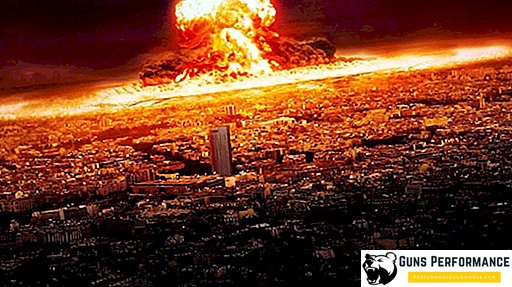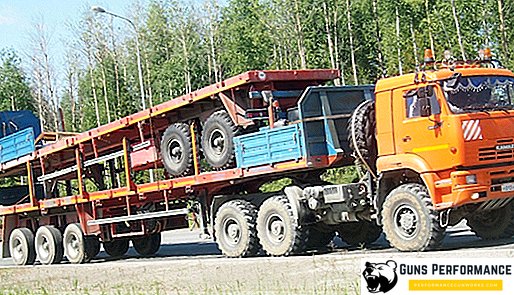Russia is a huge country with a presidential-parliamentary form of government. The head of the Russian Federation is the highest public office in the country. Currently, Vladimir Vladimirovich Putin, who was elected for the fourth time on May 7, 2018, holds the presidency.
The formation of statehood before the XIV century
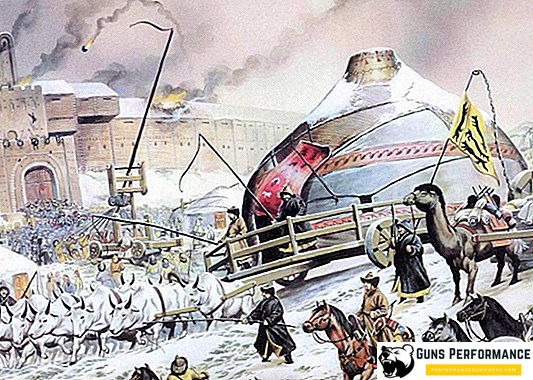
In the 9th century, the Slavs, tired of the raids of their warlike neighbors, called for the reign of the Varangians, who gradually subjugated all the neighboring Slavic tribes.
Starting from the XI century, the supreme power began to belong to one family of Rurikovich. The sons of the Grand Duke were appointed by the rulers of the cities, who also had adjoining lands "on feeding".
In 1237-1238, the Mongol hordes began to seize the Russian principalities, in 1240 they completely destroyed Kiev. Taking advantage of the weakness of the Slavs, European knightly orders attacked the Novgorod principality, eager to seize the rich trading city of Veliky Novgorod. Prince Alexander Nevsky and his brigade with the help of the Novgorodians defeated the knightly army in 1242. Despite the military victories in the north, the prince did not succeed in rallying the Russian rulers and acting as a united front against the Mongol-Tatars.
The development of the state from the XIV to XIX century
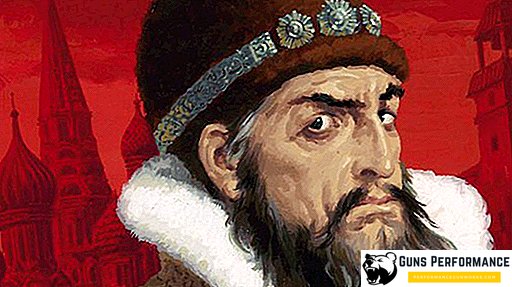
In the 14th century, the Russian principalities underwent the expansion of the Grand Duchy of Lithuania, the princes Gedemin and Olgerd were able to conquer the southern and western lands of the Russian state. Realizing that the main goal of the invaders is the complete destruction of statehood in Russia, the Moscow boyars began to try to create a centralized state. The ruling boyar elite gradually supplanted the feudal princes.
In the years 1433-1460, the Muscovite state plunged into the abyss of internecine wars. It is noteworthy that the struggle was not for princely inheritances, but for the Grand Duke's throne. As a result, the victory was won by Vasily II, who was eager to rally the whole country under his authority.
During the reign of Ivan III, Moscow became the center of the Russian state. The current brick Kremlin was erected with this ruler.
At the time of Ivan IV the Terrible (1533-1584), Russia began to rapidly expand to the East. This became possible after the complete collapse of the Golden Horde in the second half of the 15th century. After the death of Ivan the Terrible, power in the country passed to his son Fedor, who died in 1598 leaving the throne without an heir. In the future, the struggle for the throne in the Moscow state was waged between noble boyar families, which marked the beginning of the Time of Troubles, known for its:
- Natural disasters;
- Crop failure;
- The attacks of the Poles and the Swedes.
The distemper ended with the election of Tsar Mikhail Fedorovich at the Zemsky Sobor in 1613. Due to the fact that the royal power was fully supported by the Orthodox Church (Patriarch Filaret was the father of the king), it was possible to restore order in the state.
Significant changes in the Russian state occurred during the reign of Peter I (1682-1725):
- A number of military and civil reforms were carried out;
- The country entered the international arena;
- Arms factories were built;
- Appeared its own fleet of the European sample and the Navigation School.
In 1812, the Patriotic War began, which showed the backwardness of the country militarily in comparison with Europe. Despite the victory of Russia, Alexander I (1801-1825) tried to carry out a series of cautious liberal reforms, the main of which was the law "On Free Plowmen", which allowed the liberation of serfs with the consent of their landlords.
Nicholas I (1825-1855) was a conservative, he significantly limited the civil and political freedoms of his subjects. With this king was formed a strong secret police. The defeat in the Crimean War once again showed the economic and military backwardness of Russia from Europe.
Emperor Alexander II was a supporter of reforms, his main merit was the abolition of serfdom in 1861.
The emergence of the USSR and state policy until 1953
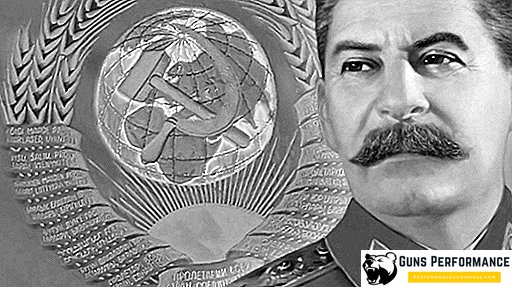
The reforms of Alexander II did not lead to the desired result: the rapidly developing industrial society was confronted with the traditional social and political structure of the Russian Empire, which did not have time to change behind the economy. World War I split the various strata of the population: the workers, soldiers, and peasants demanded immediate reforms.
In February 1917 there was a bourgeois revolution that overthrew the monarchy and established the power of the Provisional Government. The new leadership did not suit the Bolsheviks and other parties, which led to the October Revolution of 1917, a civil war began, which lasted until 1922. The further development of the state is closely connected with the formation of the Soviet Union.
The coming to power of Stalin in 1924 marked the beginning of the cult of personality. In 1936, a new constitution was adopted in the Soviet Union, guaranteeing citizens a number of democratic norms and freedoms, which remained solely on paper. After the outbreak of World War II in 1939, the Soviet government decided to take advantage of the situation and expand its sphere of influence. In the period from 1939-1940 to the USSR joined:
- Western parts of Belarus and Ukraine;
- Estonia;
- Latvia;
- Bessarabia;
- Lithuania;
- North Bukovina.
In 1939, the Soviet-Finnish conflict occurred, which showed the deplorable state of the Red Army, although the USSR captured about 11% of Finnish territory.
On June 22, 1941, the Great Patriotic War began, the German army quickly seized a strategic initiative and advanced towards Moscow. Thanks to the heroic actions of the Soviet fighters, they managed to defend the capital. In the winter of 1941-1942, the Soviet army threw German troops 80–250 km from Moscow. In 1943, there were several key battles that turned the tide of war in favor of the USSR. On May 2, 1945, Berlin was taken, and on May 9, Germany signed a surrender.
After the war, the state continued to develop in accordance with Stalin’s policies: the national economy was being restored, factories were built, the arms race with the United States began.
The fate of the Soviet Union in the second half of the XX century

In February 1956, the XX Congress of the CPSU was held, at which First Secretary Khrushchev read a report aimed at preventing nuclear war, the Thawed Age began. After Nikita Sergeevich was dismissed in 1964, Brezhnev came to power, whose period of rule is known in history as “Brezhnev stagnation.” The main goals of the state were to preserve the socio-political system in the USSR without changes.
In the 1980s, the Soviet Union faced a series of crises:
- The country began to lag behind in the arms race, losing superpower status;
- The war in Afghanistan was an unsuccessful government decision;
- The tasks of the "state socialism" program were not completed;
- The bureaucratic management of economic processes could not cope with the growing needs of the population;
- The people of the USSR are no longer content with the silent role of the objects of government.
The logical solution in this situation was the restructuring that began in the second half of the 1980s. On December 8, 1991, the leaders of Russia, Belarus and Ukraine signed an agreement on the dissolution of the USSR, thus ending the Soviet historical era and initiating the development of a civil democratic society.
The legal status of the president of Russia
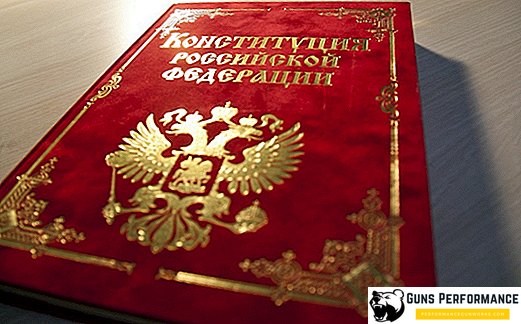
The President of the Russian Federation is elected by popular vote. Decrees and orders of the President of the Russian Federation are bylaws and are binding. Government decrees the head of state may cancel.
The government of the Russian Federation and the president have the right of legislative initiative. According to the constitution of the Russian Federation, the head of the country has immunity, which means the impossibility of bringing the president to criminal and administrative responsibility or applying various measures of a coercive nature to him.
How to become president?
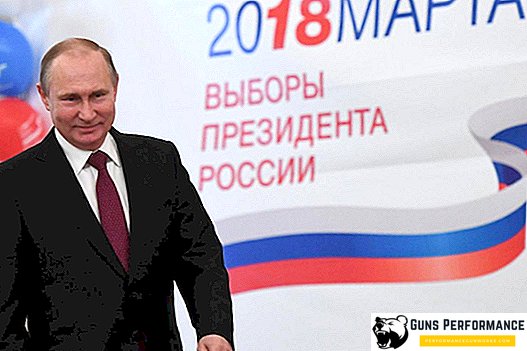
Any citizen of the country who meets a number of requirements can run for president of Russia:
- To be a citizen of the Russian Federation;
- To reach the minimum age of 35 years;
- Constantly residing in the territory of the Russian Federation for at least 10 years;
- A candidate must submit to the Central Election Commission (CEC) at least 300,000 signatures of citizens if he is self-promoted and at least 100,000 - if he is nominated by a political party.
The procedure for holding presidential elections is determined by federal law of January 10, 2003 "On the election of the President of the Russian Federation". The head of state cannot be elected for more than 2 consecutive terms.
Powers of the head of state
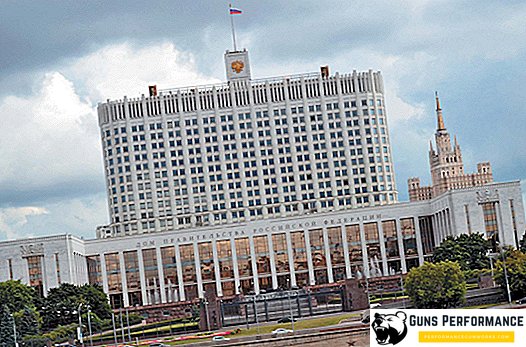
The role and duties of the president in Russia are specified in the fourth chapter of the Constitution. In accordance with it, the head of state has the right to:
- To appoint the Chairman of the Government of the Russian Federation with the approval of the State Duma;
- Act as chairman at government meetings on their own;
- Has the right to dismiss the Government of the Russian Federation;
- Choose a candidate for the position of the Chairman of the Central Bank and submit it to the Duma for approval;
- To appoint and remove from posts federal ministers, deputy prime ministers, plenipotentiary representatives of the head of state, diplomats, and the highest command of the Armed Forces of the Russian Federation;
- To form the Security Council of the Russian Federation, to head it;
- Approve military doctrine;
- Participate in the formation of the presidential administration;
- Issue decrees and orders;
- Dissolve the State Duma in cases stipulated in the country's constitution;
- Submit bills to the Duma, to appoint elections and referendums;
- Sign federal laws and make them public. This should occur no later than 14 days from the date of their visit;
- Annually address the Federal Assembly with reports on the current situation in the country, plans for the development of the foreign and domestic policy of the Russian Federation;
- Suspend the action of any acts of the executive authorities relating to the subjects of the Russian Federation;
- Repeal any orders and resolutions of the Government;
- To lead the foreign policy of the state;
- To conduct all negotiations on behalf of Russia with foreign countries, to sign agreements concluded in this case;
- Sign ratifications;
- To accept revocable and credentials from diplomatic representatives;
- To impose martial law on the territory of the Russian Federation or in its individual areas with the appearance of an immediate threat. At the same time, the president is obliged to promptly notify the State Duma and the Council of the Federation about the imposition of martial law;
- Solve questions about the granting of Russian citizenship or political asylum in the Russian Federation;
- Pardon criminals;
- To award the distinguished state awards, confer honorary titles.
Although all decrees and orders issued in the course of the work of the President of the Russian Federation are binding, they should not contradict the Constitution.
List of presidents of the Russian Federation and their years of government
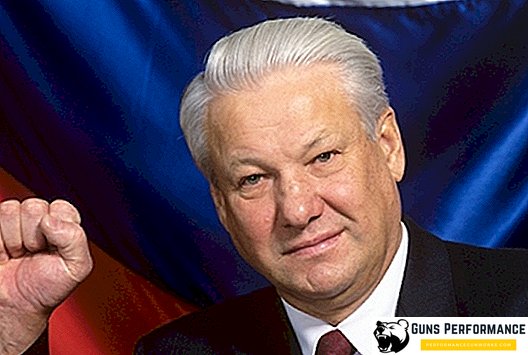
List of presidents after the formation of the Russian Federation:
- 1991-1999 - Boris Nikolayevich Yeltsin. The presidency of this president took place in an extremely unstable economic environment, aided by the long Chechen conflict. He voluntarily left his post at the end of 1999;
- 2000–2008 - Vladimir Vladimirovich Putin. He managed to end terrorism, conducted judicial reform in 2000;
- 2008-2012 - Dmitry Anatolyevich Medvedev. Implemented law enforcement reform, is considered a liberal president. Under him, Russia recovered from the global economic crisis that began in 2008;
- 2012-our days - Vladimir Vladimirovich Putin.
At present, anyone can write a letter to the President of the Russian Federation, for this it is enough to contact the head of state through his official website.
Many Russians are interested in the salary of the Russian president. When asked by journalists, Vladimir Putin most often answers that he does not know its exact size, since it is transferred to his account. At the same time on the Internet you can find a figure of 715,500 rubles - just as much the president receives per month.
Residence of the head of Russia
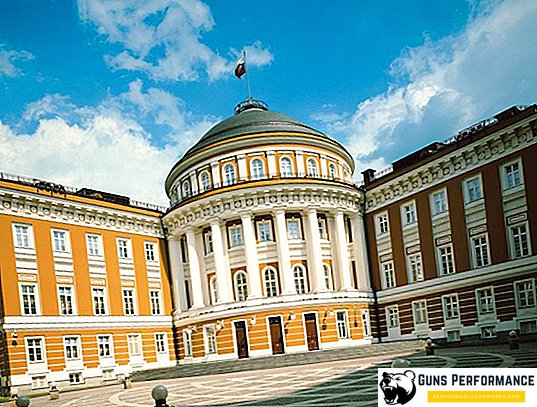
The main residence of the President of the Russian Federation is located in the Moscow Kremlin, in the building of the Senate. Under the Soviet regime, it was called the USSR Council of Ministers. The construction was engaged in the architect Matvey Kazakov from 1779 to 1787. The last major restoration of the Senate Palace was held in 1995, and the reception room of the president, where work is being done with citizens, was also updated in accordance with modern requirements.
The residence of the head of state consists of several parts:
- Work and representation offices;
- Offices closest to the president;
- Security Council Chamber;
- Presidential Library.
Vladimir Putin's office is located in the business part of the residence, it is small and convenient.
The representative office of the president is intended for receptions and meetings of leaders of foreign countries, negotiations and presentation of high state awards. Here are the symbols of presidential power:
- Russian flag;
- Emblem;
- Presidential Standard.
On the walls are portraits of famous Russian statesmen.
The presidential residence of the President is located in the Grand Kremlin Palace, built by architect Konstantin Ton in the years 1838-1849. The inauguration ceremonies, solemn receptions on the occasion of major public holidays, the presentation of awards and credentials are held in the building.


